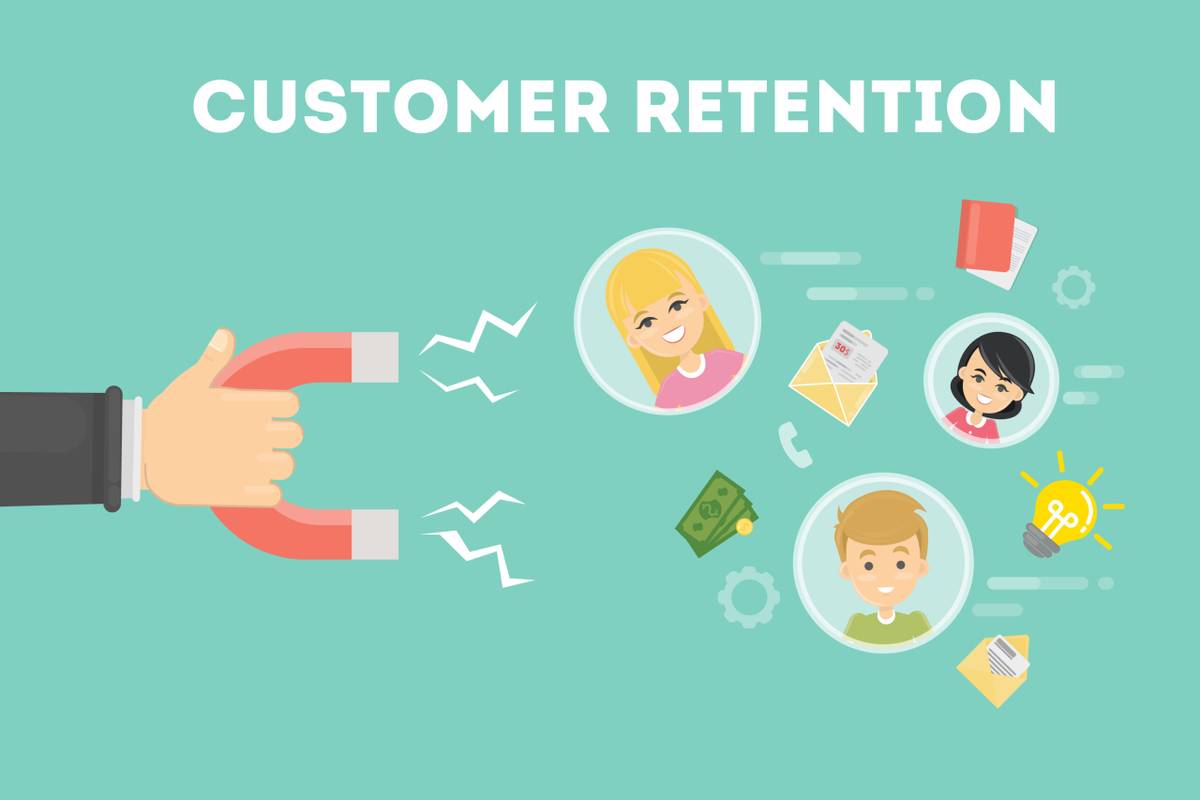Last Updated on July 15, 2024 by Team Experts
A human-centered design is rooted in a framework that combines a set of practices to understand and empower the core needs of an individual. Essentially, businesses and organizations design services, products, experiences, and systems based on their customers’ wants, behaviors, contexts, and constraints as a way of building a deeper and more personal relationship with them.
Creating Better Customer Experiences For Better Retention
With client loyalty taking on a new meaning, especially in the wake of the new normal, there’s no better time to reinvent the way you look at user engagement than now. If you’ve noticed, today’s consumers find it relatively easy to switch brands and look for other alternatives when it comes to their needs and wants. To keep your business afloat, it’s crucial that you’re constantly on the hunt for new methods that can ensure consumer satisfaction and retention.
Whether or not you’re new to implementing a human-centered design, here are some ways you can use this approach for better customer retention:
1. Start With A User-Friendly Website And Platform
At a time when digital transactions are becoming more of a necessity than a luxury, the need for a website and a business platform can’t be overemphasized. It’s critical that your clients know where to find you and how to avail your products and services. However, if your goal is to use human-centered design, it’s highly recommended that you go for a user-friendly webpage that your customers can easily navigate and understand.
But it’s important to note that user-friendliness shouldn’t mean sacrificing other essential aspects of a website. Such aspects include functionality and incorporation of SEO metrics that can significantly help in improving your online presence and ranking. In this regard, you might want to consider hiring professionals who can take care of the technical aspects of your site. That involves looking for a sitemap creator that can help you achieve the results you want, particularly in the areas of web design, structure, and hierarchy.
Incorporating such integral factors can make your site visitors feel at ease when navigating the page. In the same sense, repeat transactions are most likely to occur and continue because buyers know they can always efficiently access the platform according to their needs.

2. Elevate The Way You Provide Customer Service
As consumers switch to digital shopping channels and such, you should also keep in mind that the way you provide customer service needs to keep up with the changing needs of those digital shoppers. Nowadays, assisting clients no longer means simply answering their inquiries and questions about the product or service you’re offering. The role extends to becoming the frontline of any brand or business. As such, it’s vital that you create new strategies that will meet the expectations and demands of both new and returning customers.
Aside from agents and reps, you could consider adding innovative tools and tech that can help you redesign your client service approach. The goal is to keep your buyers engaged so that they will choose to continue supporting the brand no matter how many other similar businesses emerge in the long run. You can take advantage of chatbots, automation, and artificial intelligence that can make your business look and feel more professional and human-centered.
3. Encourage A Human-Centered Culture
While you focus on improving customer retention by using human-centered design, don’t forget that you also need to take care of another essential component of your business—the employees. There’s no way you can provide better services if the people behind the operation aren’t fully happy and satisfied with how you treat and manage them.
Fostering a human-centered culture in the organization can boost productivity and encourage collaboration among employees. You can do so by providing appropriate compensation, benefits, and rewards to those who deserve it. Invest in training and upskilling your people so they can continue to grow personally and professionally. In return, you can expect engaged and committed workers, which also results in satisfied consumers at the end of the day.
4. Acknowledge Failures And Learn From Them
Ideally, you want your business to be fail-proof and always seamless. Whether it concerns your marketing techniques, packaging, logistics, business dealings, payment channels, or other industry-related components, you wish for things to be where and how you want them. But if you’re aiming for a human-centered design, you should also accept that there’ll always be room for human error and failure.
What’s important is that you acknowledge your fault and try your best to make up for it. Admitting the mistake may seem like a vulnerability on your part, but people can see it as a brand being accountable for its mistakes and owning up to its consequences.
Hopefully, consumers could still appreciate your effort despite those flaws and will choose to remain loyal to the brand. What matters is how you faced those difficulties head on and use the experience to learn and grow as an organization.
5. Empathize With Your Customers
At the core of every human-centered design is empathy. This means genuinely and deeply understanding the people and their problems, which should ultimately help you design the best solution to meet their needs. Empathizing with your customers can mean different things depending on the given situation, your type of business, or what the client needs at the moment.
For instance, when the pandemic hit, companies took the time to identify their most vulnerable customers, asked them what they needed, and how the company could be of help. No matter how many months or years may pass, people will never forget which brands provided support, understanding, and empathy during their most difficult times. As a way of reciprocating the gesture, they will speak of nothing but good words and recommendations about your brand, and of course, will stay as loyal customers for years or decades to come.
Final Words
It’s been tried and tested that putting the customers first is always one of the most efficient design approaches in any industry. As a result, your team can create useful products and services based on customers’ demands, which may be a solution to their needs and problems. If you’re not implementing a human-centered design in your firm now, it’s high time to start adopting it. Such a technique can lead your brand to satisfy your customers, resulting in higher customer retention and a notch higher than other competitors.

